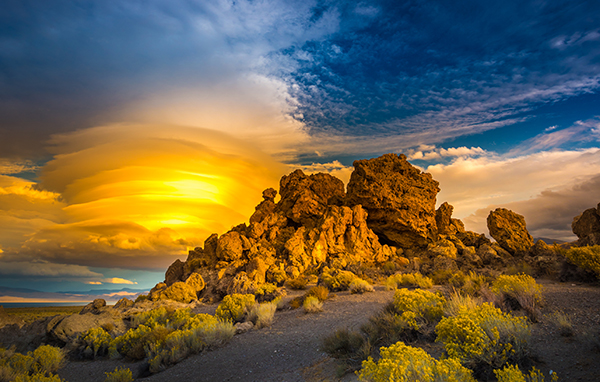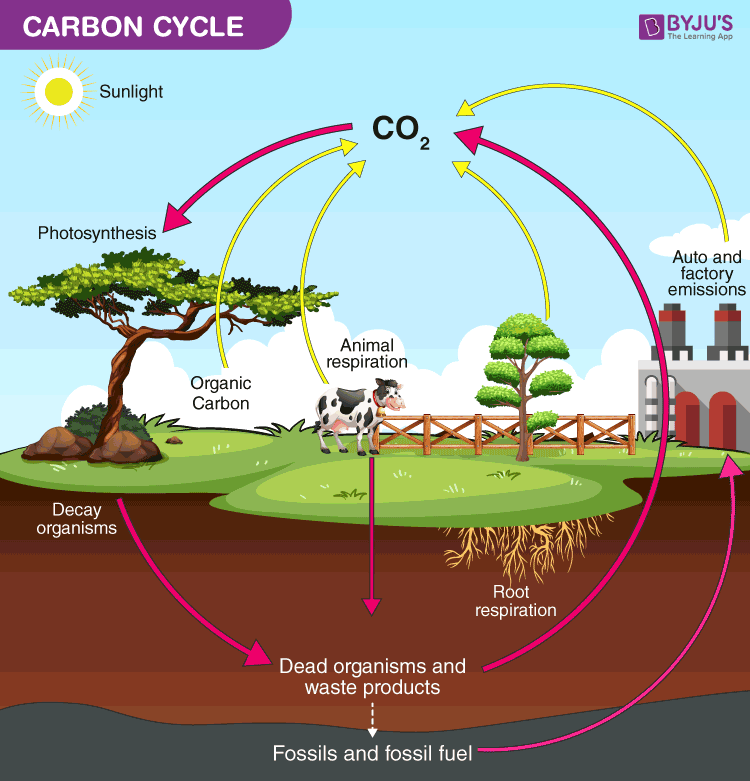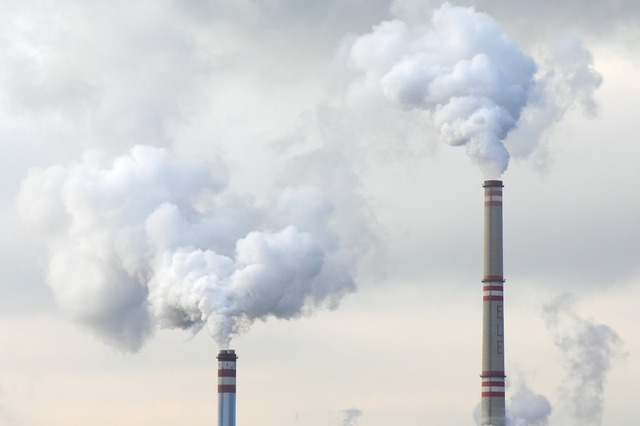CONGRESSMAN MATT GAETZ (R-FL)
MYTH BUSTING ON CLIMATE CHANGE
Conservative engagement in addressing climate change got off to a promising start in 1987 when President Reagan signed Global Climate Protection Act into law, but eventually special interest influence, talk radio, and others sowed disinformation that caused many of our fellow conservatives to dismiss the issue—and thus—cede it to the left.
Here are eight common myths you might have heard, along with the correct information:
Myth:
The sun causes the climate change we are currently experiencing.
Truth:
While changes in solar activity or the earth’s orbit around the sun can affect our climate, the current warming trend does not track with any of those changes. For example, since 2008, the earth has been in a cycle of low solar activity, yet the temperature has continued to increase and break all-time records. As with other natural climate influences, climate scientists take the sun’s role into account.


Myth:
Water vapor is responsible for climate change, not carbon dioxide (CO2).
Truth:
While water vapor makes up 95 percent of the earth’s greenhouse gas, it is a natural part of the climate and not directly responsible for climate change.
That said, the warming that results from excessive amounts of other greenhouse gases, like CO2, will increase the concentration of water vapor in the atmosphere, thus amplifying the warming effect.
Myth:
The earth’s climate has changed before and we are still here.
Truth:
While it is true that the earth’s climate has undergone significant changes before, most of those instances pre-date civilization as we know it. There were few if any people, no cities or beach resorts along the ocean, no retirement communities in the desert, no electric grids to be stressed, no large scale farming. Today the risks from climate change are far different than they were in bygone eras. Global warming in the past, which was also largely the result of increased CO2 levels, was highly disruptive and sometimes caused mass extinctions. Today we are increasing CO2 in the atmosphere at a faster rate than occurred during the most destructive climate changes in earth’s past.


Myth:
The more carbon dioxide (CO2) the better. Plants love it.
Truth:
Sure, plants do require CO2, but having excess C02 in the atmosphere provides little benefit. People need water to survive—doctors recommend drinking two liters per day—but folks living next to a flooded river are not going benefit from the extra water by drinking more. In addition, while more CO2 can benefit growth in some undesirable plants, like poison ivy and kudzu, studies show that too much CO2 can harm other plants by causing a reduction of photosynthesis. Then there are the detrimental impacts of climate change, such as drought, more severe storms, oppressive heat, disease, pests, and wildfire. Any of these can harm agriculture and our forests.
Myth:
God would not have put oil and coal in the ground if he did not want us to use it.
Truth:
Such a presumption totally ignores the design of what President Reagan called “this magical planet God gave us.”
An essential part of earth’s design is the carbon cycle, which keeps our atmospheric chemistry in balance by removing excess carbon and sequestering it deep underground in the form of oil and coal.
Burning those fossil fuels reverses the process, sending sequestered carbon from bygone eras back into the atmosphere over a very short period.


Myth:
The global temperature record is not reliable.
Truth:
Surface temperature record is extremely reliable. Measurements are collected from about 30,000 stations around the world. In addition, weather balloons and specially designed NASA satellites have been measuring temperatures. Readings from multiple sources ensure the temperature data is accurate. Nature’s thermometers, such as tree rings and ice cores provide yet another source of temperature indicators for comparison. Agenda-driven concerns about the urban heat island effect on global temperature records are unfounded. When compiling temperature records, NASA’s Goddard Institute for Space Studies (GISS) takes extreme care to account for any possible heat island influence on its readings. Surprisingly, 42% of city trends are cooler relative to their country surroundings as weather stations are often sited in parkland within the city.
Myth:
Fossil fuels are not the problem; people also emit carbon dioxide (CO2).
Truth:
While all living things do emit CO2, that which occurs as the result of natural processes stays relatively constant over time. It is an inherent part of the earth’s carbon cycle. The CO2 from burning fossil fuels is not part of that natural cycle, therefore it increases the concentration of CO2 in the atmosphere. It is also worth noting that the CO2 produced from burning fossil fuels has a different isotopic composition than naturally occurring CO2, thus scientists can distinguish which type is increasing.


We do not need to worry about climate change because God’s return and the end of the earth is near.
Truth:
The Bible clearly states on numerous occasions that no one will know when that time comes. Matthew 24:36 reads, “But concerning that day and hour no one knows, not even the angels of heaven, nor the Son, but the Father only.” Thessalonians 5:2 provides another example, “For you yourselves are fully aware that the day of the Lord will come like a thief in the night.” Similarly, Revelations 3:3 reads, “I will come like a thief, and you will not know at what hour I will come…” Anyone who claims to know that the “end is near” might want to read their Bible more carefully.
